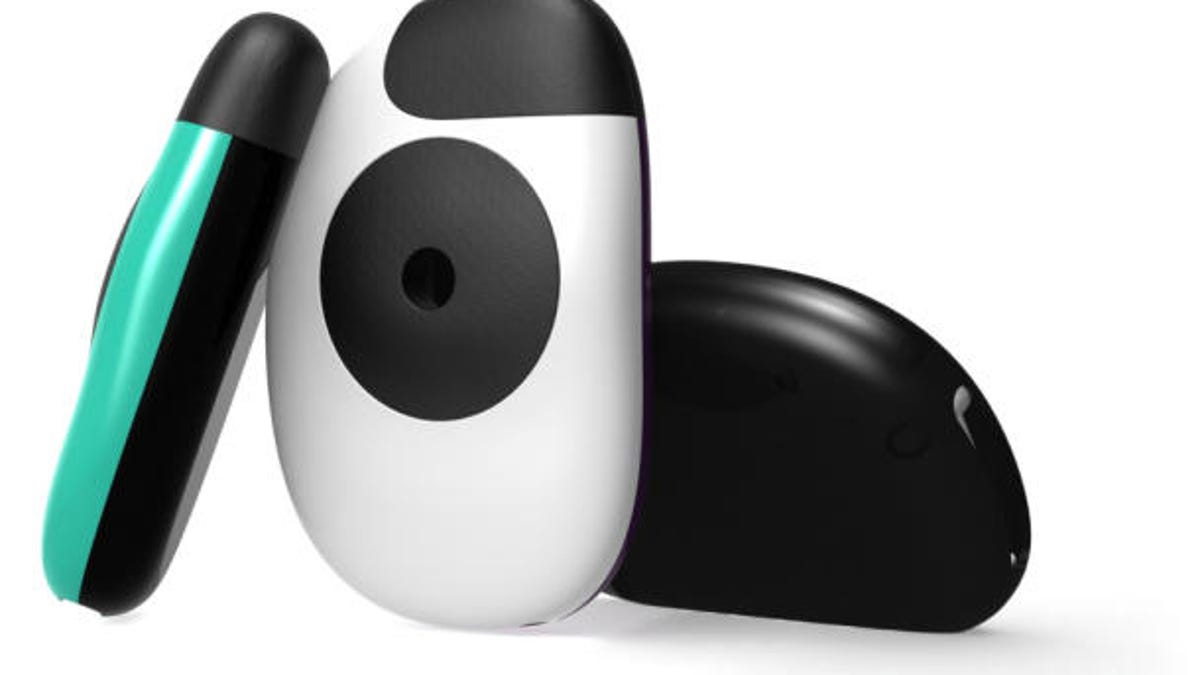Chemists developing breathalyzer to detect and monitor diabetes
Diabetics can have a "fruity" odor to their breath that indicates high glucose levels, and chemists at the University of Pittsburgh say this biomarker alone can diagnose the disease.

Nowadays breathalyzers are being used to detect far more than just how much alcohol one has imbibed. Researchers in Sweden are working on one that can spot marijuana and cocaine. Scientists in Germany are exploring one that can sniff out heart failure. And researchers in the U.S. are hard at work on one that can detect diseases such as diabetes.
And now, a group of chemists at the University of Pittsburgh is unveiling new sensor technology that could lead to a breathalyzer for not just the detection of diabetes, but the ongoing monitoring of it as well.
Diabetics have long reported -- even before blood tests confirm the disease -- symptoms through breath alone, namely a "fruity" odor that gets stronger with correspondingly higher glucose levels. The biomarker, then, has the potential to not only reveal the presence of the disease, but the levels of glucose as well, which could be a far less invasive approach to monitoring one's blood sugar than the traditional finger prick.
"Once patients are diagnosed with diabetes, they have to monitor their condition for the rest of their lives," Alexander Star, principal investigator of the project and associate professor of chemistry, said in a school news release. "Current monitoring devices are mostly based on blood glucose analysis, so the development of alternative devices that are noninvasive, inexpensive, and provide easy-to-use breath analysis could completely change the paradigm of self-monitoring diabetes."
Reporting in the latest issue of the Journal of the American Chemical Society, the chemists describe the new approach as "titanium dioxide on a stick." They combined titanium dioxide -- widely used in makeup -- with carbon nanotubes, which are stronger than steel, and which essentially behave as skewers that hold the particles together.
The researchers found that, thanks to the titanium dioxide, they could use light to activate the sensor and produce an electrical charge, effectively cooking the carbon nanotube skewers. This in turn allowed them to measure acetone vapors, the presence of which indicates ketoacidosis, which occurs when the byproducts of fat being broken down build up in the body. Because diabetics do not have enough insulin to break down sugar for energy, their bodies break down fat instead, and that buildup leads to acetone vapors, which is what the sensor is sniffing out. (Diabetic ketoacidosis is often the first sign of type 1 diabetes, though it is considered very rare in those with type 2 diabetes.)
It turned out that combining titanium dioxide with carbon nanotubes allowed for greater sensitivity than the team had previously thought possible. "Our measurements have excellent detection capabilities," Star said. "If such a sensor could be developed and commercialized, it could transform the way patients with diabetes monitor their glucose levels."
Once the chemists develop a prototype, they hope to test it on human breath samples as soon as possible.

